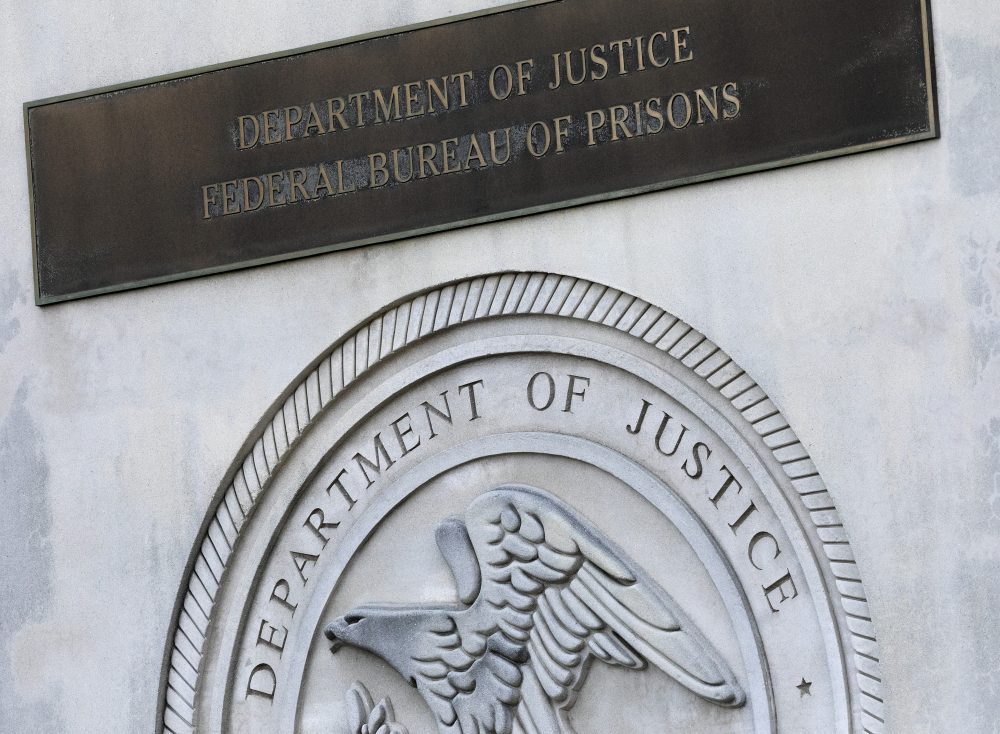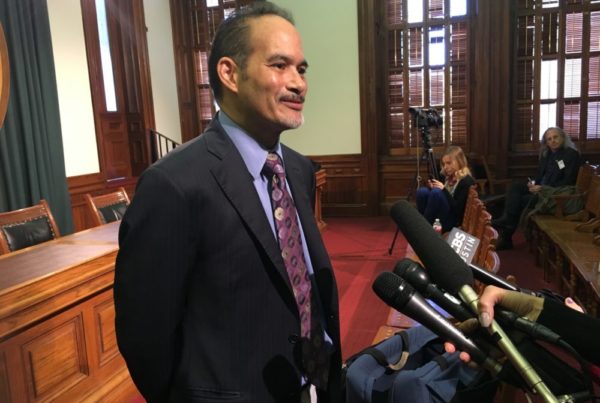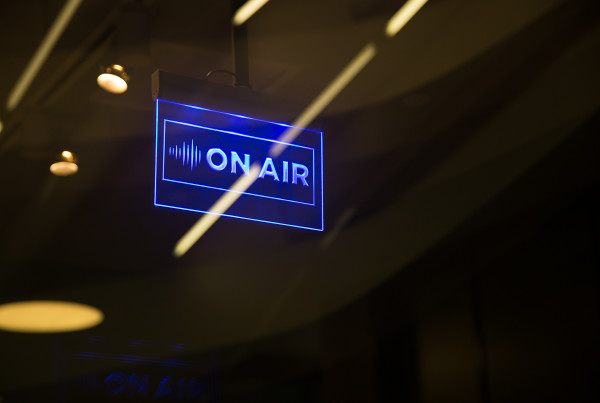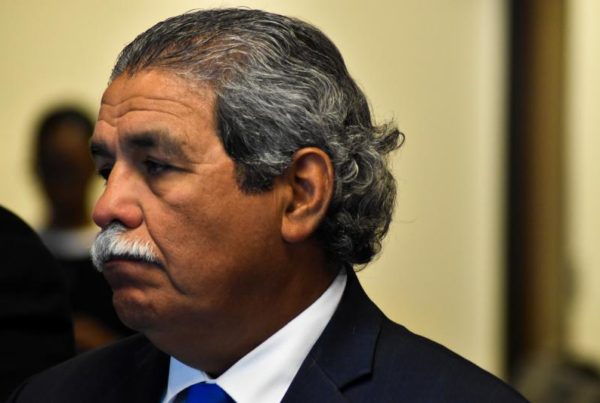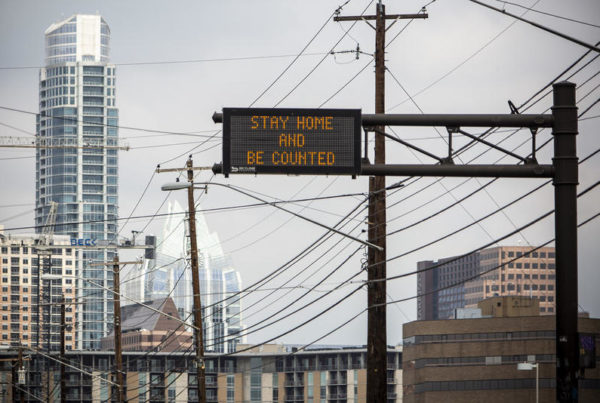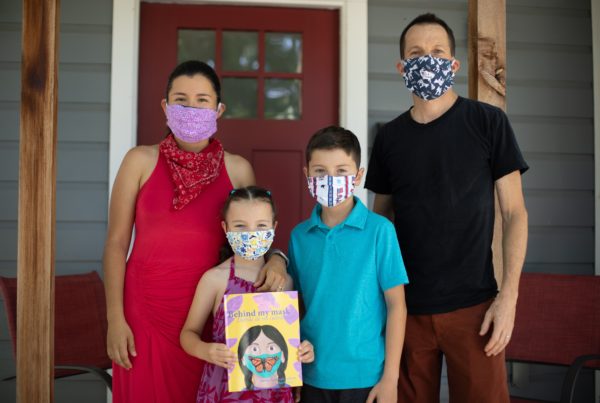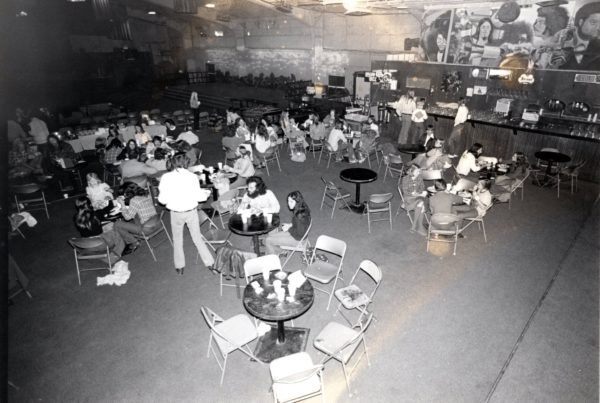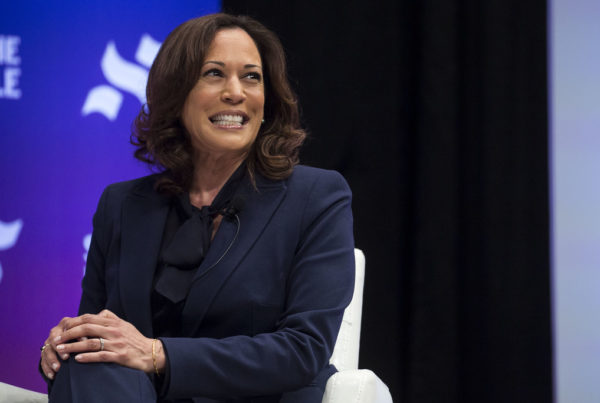Many of the men incarcerated at FCI Seagoville, a federal prison outside Dallas, could see the light at the end of the tunnel.
That’s because it’s home to a Residential Drug Abuse Program, or RDAP. People who complete the typically nine-month program — in which incarcerated people live in a unit separate from a prison’s general population and participate in education or work activities — can finish their sentence up to a year early.
Among the Seagoville population, some people had just months or weeks to go. Then the coronavirus hit the prison.
Now, more than 1,300 people have tested positive for COVID-19 in FCI Seagoville, more than any other federal correctional institution in the country. The drug treatment program has been put on hold, and people who were counting the days until release no longer know when that will be.
“They don’t want us moving around the prison and all this other stuff,” said Grant Moore, who’s currently incarcerated in Seagoville. “So there’s a bunch of guys here that are waiting to go home. If they had finished that class they were going home immediately after they finished. So they can’t even finish the class and go home. I need to take the class, so I can get out.”
Federal prisons in Texas and across the country continue to deal with outbreaks of the coronavirus. There are more than 1,200 currently active cases of COVID-19 among people incarcerated in federal prisons, and nearly 600 Federal Bureau of Prisons staff members, according to the latest BOP data. And while prisoner advocates argue that the only way to stop the spread is by releasing people from prison — thereby freeing up resources and creating more opportunities to social distance — many people slated for early release are now stuck in limbo due to the very virus their release would help mitigate.
Some of those inside the prisons, like Moore, agreed to speak to Houston Public Media about what it’s like to deal with the uncertainty of having early release suspended amid the pandemic. More than half a dozen people imprisoned across the U.S. and their loved ones painted a picture of frustration and hopelessness.
Moore was looking to shorten his sentence and head home early thanks to the drug treatment program. Now he’s looking at serving the majority, if not all, of his time. Making matters worse: He recently tested positive for COVID-19.
“I’ve got kids at home that I need to take care of,” Moore said. “I have a career that I’ve been taken away from, my family that I’ve been taken away from.”
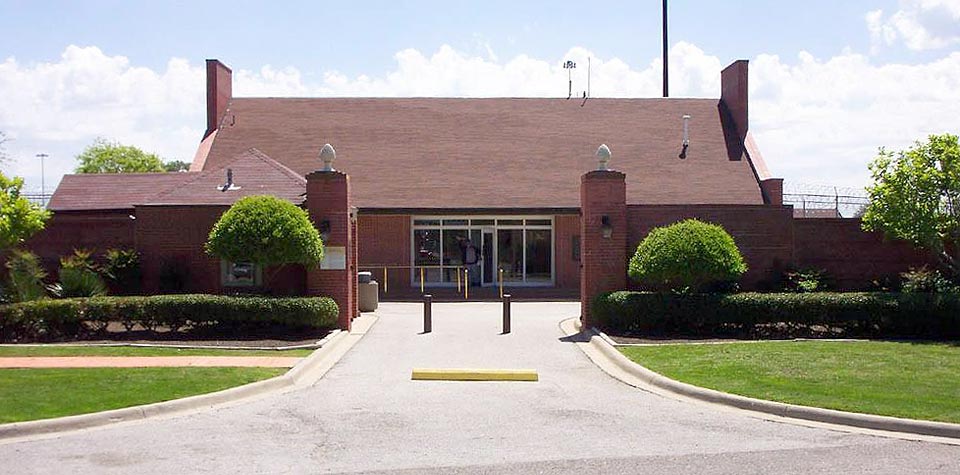
An entrance to Federal Correctional Institution Seagoville, outside of Fort Worth. Photo: Federal Bureau of Prisons.
The Bureau and National Institute on Drug Abuse combined funding and expertise to conduct a rigorous analysis of the Bureau’s RDAP. Research findings demonstrated that RDAP participants are significantly less likely to recidivate and less likely to relapse to drug use than non-participants. The studies also suggest that the Bureau’s RDAPs make a significant difference in the lives of offenders following their release from custody and return to the community.
Seagoville’s not alone. Facilities in Beaumont that house RDAP have also suspended the early release program amid COVID-19, as has the Elkton facility in Ohio.
Justin Long, a spokesman with the Federal Bureau Of Prisons, confirmed that other facilities across the country have suspended RDAP for safety reasons.
“In order to mitigate the spread of COVID-19, the Bureau of Prisons has modified operations to maximize social distancing by limiting movement and reducing the size of inmate groups within our institutions,” Long said in an email. “While we continue our efforts to provide RDAP programming, in some correctional institutions it has become necessary to temporarily suspend this valuable program.”
Long would not confirm how many programs had been suspended.
The push to reduce prison populations is not just coming from prisoners and family members. U.S. Attorney General William Barr in April issued his own guidance allowing some people to leave BOP facilities and finish their sentences at home. So far more than 7,400 people have been placed on home confinement per Barr’s guidance.
But with a population of more than 157,000, prisoner advocates have said the system isn’t moving fast enough. And people like Mary Price, general counsel at the group Families Against Mandatory Minimums, are urgently trying to help free people from carceral settings that on their best days are susceptible to sickness and disease.
“From beginning to end, from the moment you wake up to the moment you go to bed and everything in between, there’s opportunities to contract this virus,” Price said. “So all of these measures that (BOP is) taking may be measures in good faith, and they’re trying, but they’re not protecting people.”
Price and FAMM have been working with hundreds of lawyers to file motions on behalf of at-risk federal inmates, for what’s known as compassionate release — a call for release from prison when a person’s mental or physical illness outweighs the perceived benefit of their imprisonment.
Since February, more than 700 motions for compassionate release have been granted in the U.S., according to FAMM. And Price said federal judges have recognized the ongoing health emergency posed by COVID-19.
But, she added, it’s still a slow process — even when trying to free people with underlying conditions, who are most vulnerable to COVID-19. And in many cases, Price said the government is actively working to fight compassionate release.
“Those individuals and others should be moved as quickly as possible,” Price said. “But the Bureau of Prisons does not move quickly on this front.”
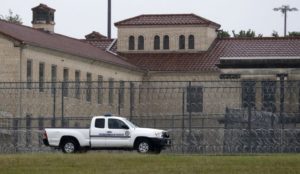
A Federal Bureau of Federal Prisons truck drives past barbed wire fences at the Federal Medical Center prison in Fort Worth, Texas, Saturday, May 16, 2020. Hundreds of inmates inside the facility have tested positive for COVID-19 and several inmates have died with numbers expected to rise. AP Photo/LM Otero
Elbert Johnson is one of those who struggled with the federal government for release.
Johnson has kidney issues, and says he was a mentor in Seagoville’s RDAP early release drug program when it was suspended.
Despite losing that chance at early release, his lawyer secured him a victory: A judge ordered his compassionate release on July 17 for underlying health issues related to his kidneys, amid COVID-19.
But federal prosecutors fought that order, and ultimately had a judge delay his release until Johnson tested negative for COVID-19 twice, according to court documents.
Johnson took those tests, and he did test negative, according to emails obtained by Houston Public Media.
But Johnson said they still wouldn’t let him out.
“One test was done on the 22nd, the other one was done on the 23rd. They still weren’t releasing me,” Johnson said. “And they said I refused to take the COVID test and that’s why they ain’t letting me go, but it was a lie.”
After two weeks of fighting, the test results were eventually forwarded to Johnson’s lawyer, and he was finally released two weeks later, on Aug. 7.
“I believe if I would’ve lost my life in there it would not have mattered,” Johnson said on the day of his release. “Because they’re not letting people go home. It wasn’t just me. They didn’t let a lot of people go home, which further put them at risk.”
Justin Long, the BOP spokesman, said the bureau does not discuss individual inmates’ test results for privacy reasons. But he said that the BOP “complied with the court order” in Johnson’s case.
Johnson’s family was relieved. But for other loved ones waiting outside, the uncertainty can be heartbreaking.
Brandy Garcia constantly worries about her partner, who sits in a solitary cell inside a federal prison in the Midwest. When he was transferred to the federal correctional institution for RDAP, she said he was placed in a Special Housing Unit, commonly known as the SHU, for his safety before eventually starting the early release program.
“It’s a lot, when it’s someone you love,” she said. “And he’s not a horrible person. He didn’t hurt anybody, he didn’t kill anybody. He’s a good father, he’s a good son, he’s a good brother, he has people out here that need him. And he’s unable to even contact them.”
But when COVID-19 hit and the program was suspended, that’s where he stayed.
And because he’s in the SHU, he doesn’t have regular access to a phone or email, she said.
Now she gets two calls with him a month: One is for 15 minutes, the other just five minutes.
“”It’s the most frustrating thing I’ve ever had to go through in my life,” she said. “To not be able to hear his voice, to not know if he’s OK — these kids are being impacted. His family is being impacted.”
Interns Addison Antonoff and Emma Hansen contributed to this report


